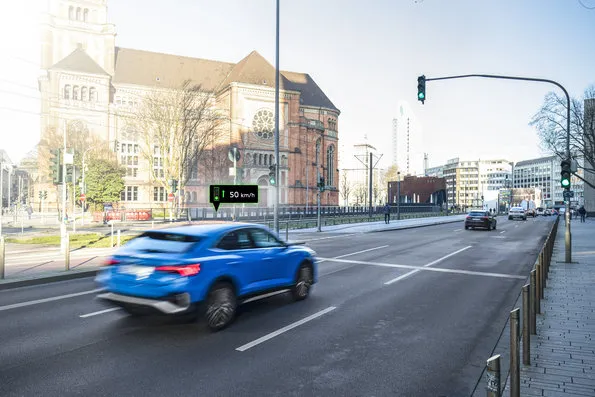According to recent analysis by American Traffic Solutions (ATS), driver behaviour at Florida red-light safety camera monitored intersections continues to change. ATS found that the number of red-light running violations captured at monitored intersections throughout the state has fallen significantly as drivers have become more accustomed to increased red-light enforcement.
Most importantly, the analysis found that fewer and fewer vehicles are being issued multiple violations. Ninety per cent of the ve
September 26, 2013
Read time: 2 mins
According to recent analysis by 17 American Traffic Solutions (ATS), driver behaviour at Florida red-light safety camera monitored intersections continues to change. ATS found that the number of red-light running violations captured at monitored intersections throughout the state has fallen significantly as drivers have become more accustomed to increased red-light enforcement.
Most importantly, the analysis found that fewer and fewer vehicles are being issued multiple violations. Ninety per cent of the vehicle owners who received one red-light running violation between July 2010 and May 2013 did not receive a second violation, while eight per cent received two tickets and less than two per cent received three or more.
Similarly, in the three years since the Mark Wandall Traffic Safety Act became law, the average number of citations issued per camera per month state-wide has decreased by forty per cent. During this same time period, the number of cameras in operation state-wide continues to increase as more cities and counties partner with ATS to deploy this lifesaving technology.
Most importantly, the analysis found that fewer and fewer vehicles are being issued multiple violations. Ninety per cent of the vehicle owners who received one red-light running violation between July 2010 and May 2013 did not receive a second violation, while eight per cent received two tickets and less than two per cent received three or more.
Similarly, in the three years since the Mark Wandall Traffic Safety Act became law, the average number of citations issued per camera per month state-wide has decreased by forty per cent. During this same time period, the number of cameras in operation state-wide continues to increase as more cities and counties partner with ATS to deploy this lifesaving technology.









